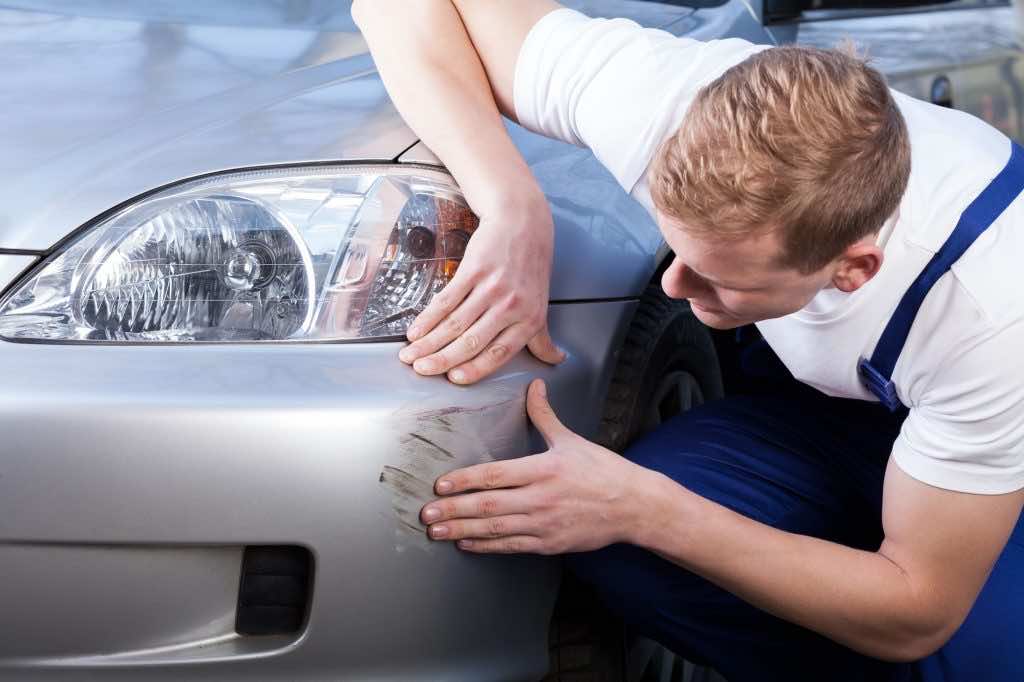Experts develop a new protective covering at the Korea Research Institute of Chemical Technology, like a screen protector for your entire car. It could go one step further than the plastic films used on smartphones. The coating can repair itself when exposed to sunlight, making scratches erase in as little as half an hour.
The most crucial aspect of safeguarding a car surface is the excellent longevity of automobile coatings. Furthermore, protective coating materials should be colourless and transparent, allowing the original colour of the product to be visible.
However, providing a self-healing function while satisfying all of these conditions is difficult. For example, free molecular moving materials have high self-healing efficiency but damage tolerance, whereas materials with high hardness and superior durability have remarkably weak self-healing performance.
Dr Jin Chul Kim, Dr Young il Park, and Dr Ji-Eun Jeong of the Korea Research Institute of Chemical Technology (KRICT) developed a transparent coating material that meets all of the above standards and can be self-healed using only sunlight.
The team of researchers used a spray-coating machine to coat a laboratory-scale model car to test the self-healing performance of the coating material. When the model car was exposed to midday sunshine for around 30 minutes, the scratch vanished, and the coating material’s surface was restored.
As the developed material absorbs sunlight, the surface temperature rises as light energy is converted into thermal energy. As a result of the higher surface temperature, a surface scratch can be self-healed by repeating the dissolution and reintegration of chemical bonds in the polymer structure.
The research team introduced a dynamic chemical bond to the existing commercial coating resin that can repeat the deconstruction and recombination of the polymer structure and blend it with a transparent photothermal dye to induce dynamic chemical bonding upon exposure to sunlight.
Previous photothermal dye experiments relied primarily on inorganic compounds, which are challenging to handle industrially because the covering layer must be transparent. Furthermore, inorganic materials’ photothermal effects require a substantial amount of light energy.
The researchers used near-infrared light-absorbing transparent organic photothermal dyes. Long-wavelength energy such as near-infrared light can prevent overheating the vehicle’s surface.
Organic photothermal dyes’ inherent colourlessness, affordability, and ability to blend well with paints provide significant economic advantages.
The self-healing film might be used to coat building materials, computers and handsets, and transportation applications. Furthermore, it is expected to help the world attain zero emissions by employing less hazardous organic solvents.
“The developed technology is a platform technology that synthesizes self-healing coating materials using both inexpensive commercial polymer materials and photothermal dyes. It is expected to be widely used not only in automotive clearcoats but also in various applications,” said Dr Jin Chul Kim, the research director.
This research was published in ACS Applied Polymer Materials.

